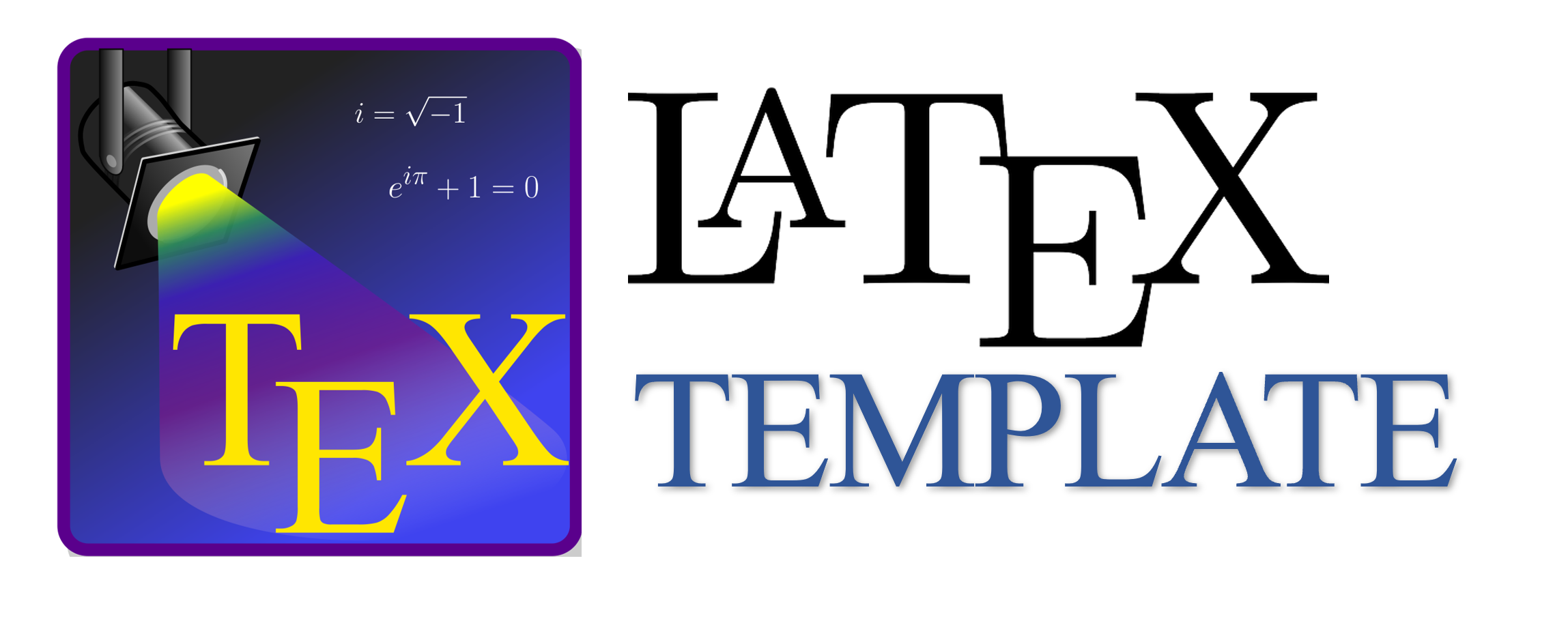Implementation of Hybrid RNN-ANFIS on Forecasting Jakarta Islamic Index
Abstract
Keywords
Full Text:
PDFReferences
J. A. Goguen, "L. a. zadeh. fuzzy sets. information and control, vol. 8 (1965), pp. 338-353. l. a. zadeh. similarity relations and fuzzy orderings. information sciences, vol. 3 (1971), pp. 177-200." Journal of Symbolic Logic, vol. 38, no. 4, pp. 656-657, 1973, doi: 10.2307/2272014.
J. S. R. Jang, "Fuzzy modeling using generalized neural networks and kalman filter algorithm" in The 9th National Conference on Artificial Intelligence, 1991, [Online] Available: https://cdn.aaai.org/AAAI/1991/AAAI91-119.pdf.
J.-S. Jang, "Anfis: adaptive-network-based fuzzy inference system" IEEE Transactions on Systems, Man, and Cybernetics, vol. 23, no. 3, pp. 665-685, 1993, doi: 10.1109/21.256541.
T. Takagi and M. Sugeno, "Fuzzy identification of systems and its applications to modeling and control" IEEE Transactions on Systems, Man, and Cybernetics, vol. SMC-15, no. 1, pp. 116-132, 1985, doi: 10.1109/TSMC.1985.6313399.
A. V. Gite, R. M. Bodade, and B. M. Raut, "Anfis controller and its application" International Journal of Engineering Research & Technology (IJERT), vol. 2, no. 2, pp. 1-5, 2013.
G. N. Pillai, J. Pushpak, and M. G. Nisha, "Extreme learning anfis for control applications" in 2014 IEEE Symposium on Computational Intelligence in Control and Automation (CICA). IEEE, 2014, pp. 1-8, doi: 10.1109/CICA.2014.7013226.
M. R. Prusty, T. Jayanthi, J. Chakraborty, and K. Velusamy, "Feasibility of anfis towards multiclass event classification in pfbr considering dimensionality reduction using pca" Annals of Nuclear Energy, vol. 99, pp. 311-320, 2017, doi: 10.1016/j.anucene.2016.09.015.
S. Mahapatra, D. Mohanta, P. K. Mohanty, and S. K. Nayak, "Classification of emg signals using anfis for the detection of neuromuscular disorders" in Recent Developments in Intelligent Computing, Communication and Devices, 2017, pp. 53-60, doi: 10.1007/978-981-10-3779-5 8.
I. Svalina, V. Galzina, R. Lujic, and G. ´ Simunovi ˇ c, "An adaptive network-based fuzzy inference system (anfis) for the forecasting: The case of close price indices" Expert Systems with Applications, vol. 40, no. 15, pp. 6055-6063, 2013, doi: 10.1016/j.eswa.2013.05.029.
G. Perveen, M. Rizwan, and N. Goel, "An anfis-based model for solar energy forecasting and its smart grid application" Engineering Reports, vol. 1, no. 5, 2019, doi: 10.1002/eng2.12070.
S. Hochreiter and J. Schmidhuber, "Long short-term memory" Neural computation, vol. 9, no. 8, pp. 1735-1780, 1997.
H. Hewamalage, C. Bergmeir, and K. Bandara, "Recurrent neural networks for time series forecasting: Current status and future directions" International Journal of Forecasting, vol. 37, no. 1, pp. 388-427, 2021, doi: 10.1016/j.ijforecast.2020.06.008.
M. Farsi, "Application of ensemble rnn deep neural network to the fall detection through iot environment" Alexandria Engineering Journal, vol. 60, no. 1, pp. 199-211, 2021.
A. Sherstinsky, "Fundamentals of recurrent neural network (rnn) and long short-term memory (lstm) network" Physica D: Nonlinear Phenomena, vol. 404, p. 132306, 2020, doi: 10.1016/j.physd.2019.132306.
A. Moghar and M. Hamiche, "Stock market prediction using lstm recurrent neural network" Procedia Computer Science, vol. 170, pp. 1168-1173, 2020, doi: 10.1016/j.procs.2020.03.049.
M.-Y. Chen, "A hybrid anfis model for business failure prediction utilizing particle swarm optimization and subtractive clustering" Information Sciences, vol. 220, pp. 180-195, 2013, doi: 10.1016/j.ins.2011.09.013.
J. A. Nasir, O. S. Khan, and I. Varlamis, "Fake news detection: A hybrid cnn-rnn based deep learning approach" International Journal of Information Management Data Insights, vol. 1, no. 1, p. 100007, 2021, doi: 10.1016/j.jjimei.2020.100007.
Z. Liu, Q. Li, J. Zhou, W. Jiao, and X. Wang, "Runoff prediction using a novel hybrid anfis model based on variable screening" Water Resources Management, vol. 35, no. 9, pp. 2921-2940, 2021, doi: 10.1007/s11269-021-02878-4.
Data Jakarta Islamic Index, 2022, [Online] Available: https://finance.yahoo.com/lookup.
D. E. Rumelhart, G. E. Hinton, and R. J. Williams, "Learning representations by backpropagating errors" Nature, vol. 323, no. 6088, pp. 533-536, 1986, doi: 10.1038/323533a0.
I. Goodfellow, Y. Bengio, and A. Courville, Deep learning. Cambridge: MIT press, 2016.
H. Z. Muhammad, Peramalan Beban Listrik Jangka Panjang Pada Pt. Pln (Persero) Apj Jember Dengan Menggunakan Metode Recurrent Neural Network Dengan Optimasi Levenberg Marquardt. Universitas Negeri Jember, 2018.
A. G. Salman and Y. L. Prasetio, "Implementasi jaringan syaraf tiruan recurrent menggunakan gradient descent adaptive learning rate and momentum untuk pendugaan curah hujan" ComTech: Computer, Mathematics and Engineering Applications, vol. 2, no. 1, pp. 23-35, 2011.
W. Walid, "Peramalan penjualan harga saham pt bank rakyat (persero) tbk bbri Indonesia dengan menggunakan recurren neural nerwork (rnn)" in PRISMA, Prosiding Seminar Nasional Matematika, vol. 2, 2019, pp. 139-147.
A. Alimuddin, Teori dan Aplikasi Dasar Sistem Kendali Cerdas. Serang: Untirta Press, 2020.
S. Sumathi and S. Paneerselvam, Computational intelligence paradigms: theory & applications using MATLAB. Florida: Crc Press, 2010.
I. Pakaya, "Particle swarm optimazion-fuzzy logic controller untuk penyearah satu fasa" Edutic - Scientific Journal of Informatics Education, vol. 1, no. 1, pp. 1-11, 2015, doi: 10.21107/edutic.v1i1.401.
G. Lenhard, Adaptive-Network-Based Fuzzy Inference System (ANFIS) based on Keras on top of Tensorflow 2.0., 2020, [Online] Available: https://github.com/tiagoCuervo/TensorANFIS.
DOI: https://doi.org/10.34312/jjom.v5i2.20407
Copyright (c) 2023 Yogi Anggara, Arif Munandar

This work is licensed under a Creative Commons Attribution-NonCommercial 4.0 International License.
Jambura Journal of Mathematics has been indexed by
Jambura Journal of Mathematics (e-ISSN: 2656-1344) by Department of Mathematics Universitas Negeri Gorontalo is licensed under a Creative Commons Attribution-NonCommercial 4.0 International License. Powered by Public Knowledge Project OJS.
Editorial Office
Department of Mathematics, Faculty of Mathematics and Natural Science, Universitas Negeri Gorontalo
Jl. Prof. Dr. Ing. B. J. Habibie, Moutong, Tilongkabila, Kabupaten Bone Bolango, Gorontalo, Indonesia
Email: [email protected].



















